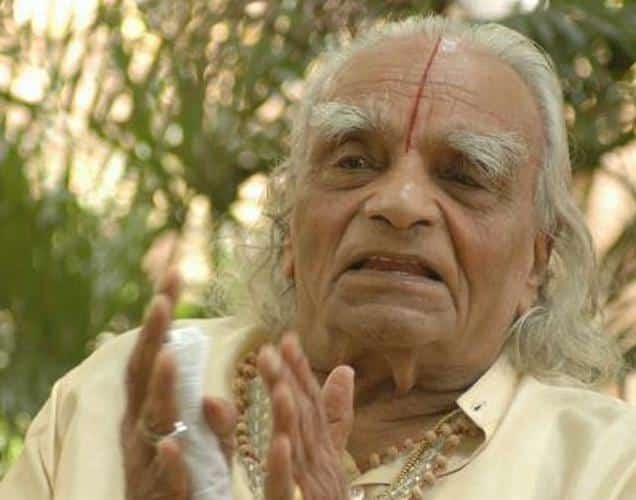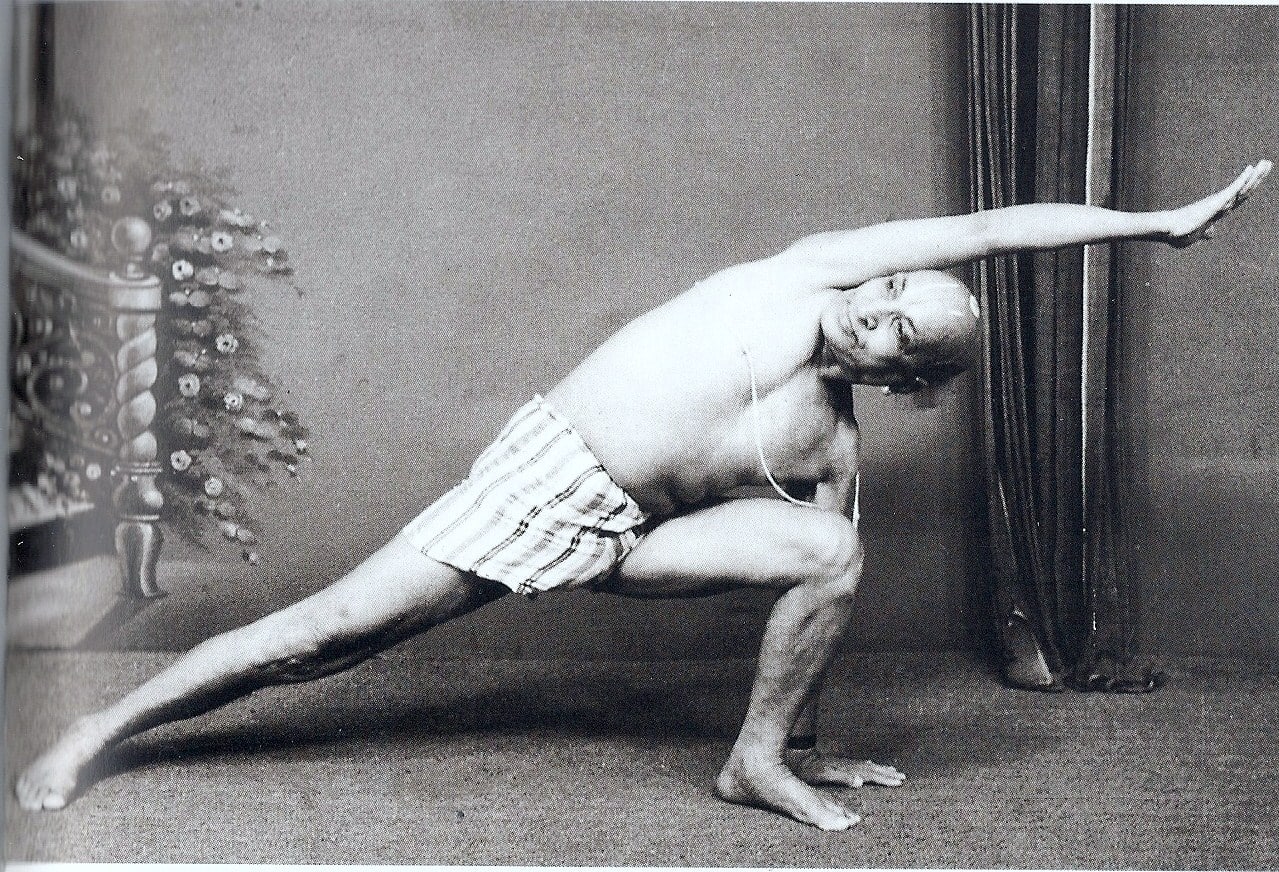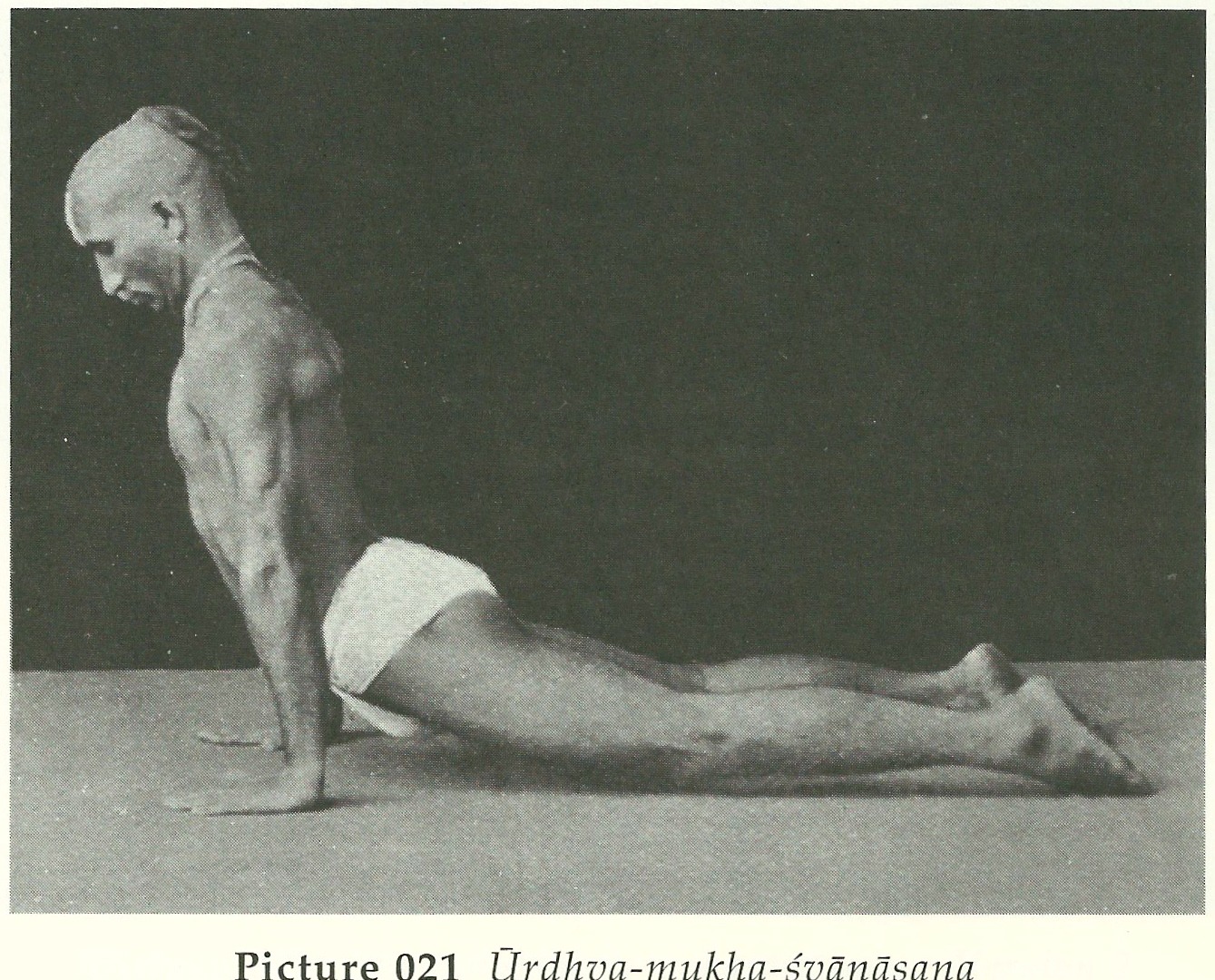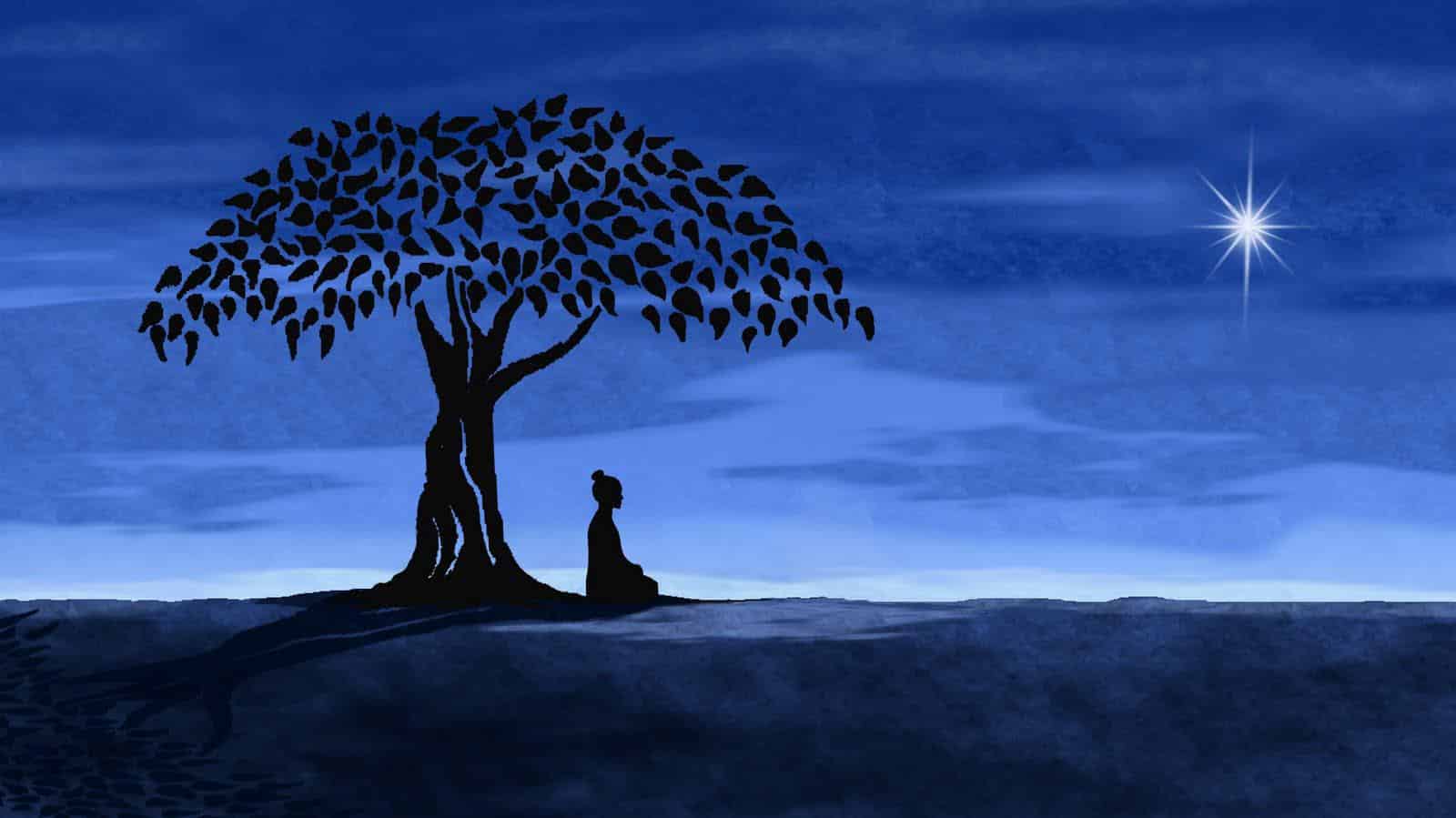BKS Iyengar
Bellur Krishnamachar Sundararaja Iyengar also known simply as BKS Iyengar, or Iyengar has been one of the foremost teachers of yoga in the 20th and especially in the 21st century. He is the founder of the style of yoga called Iyengar Yoga and passed at the age of 95 on August 20th 2014. He was … Read more




